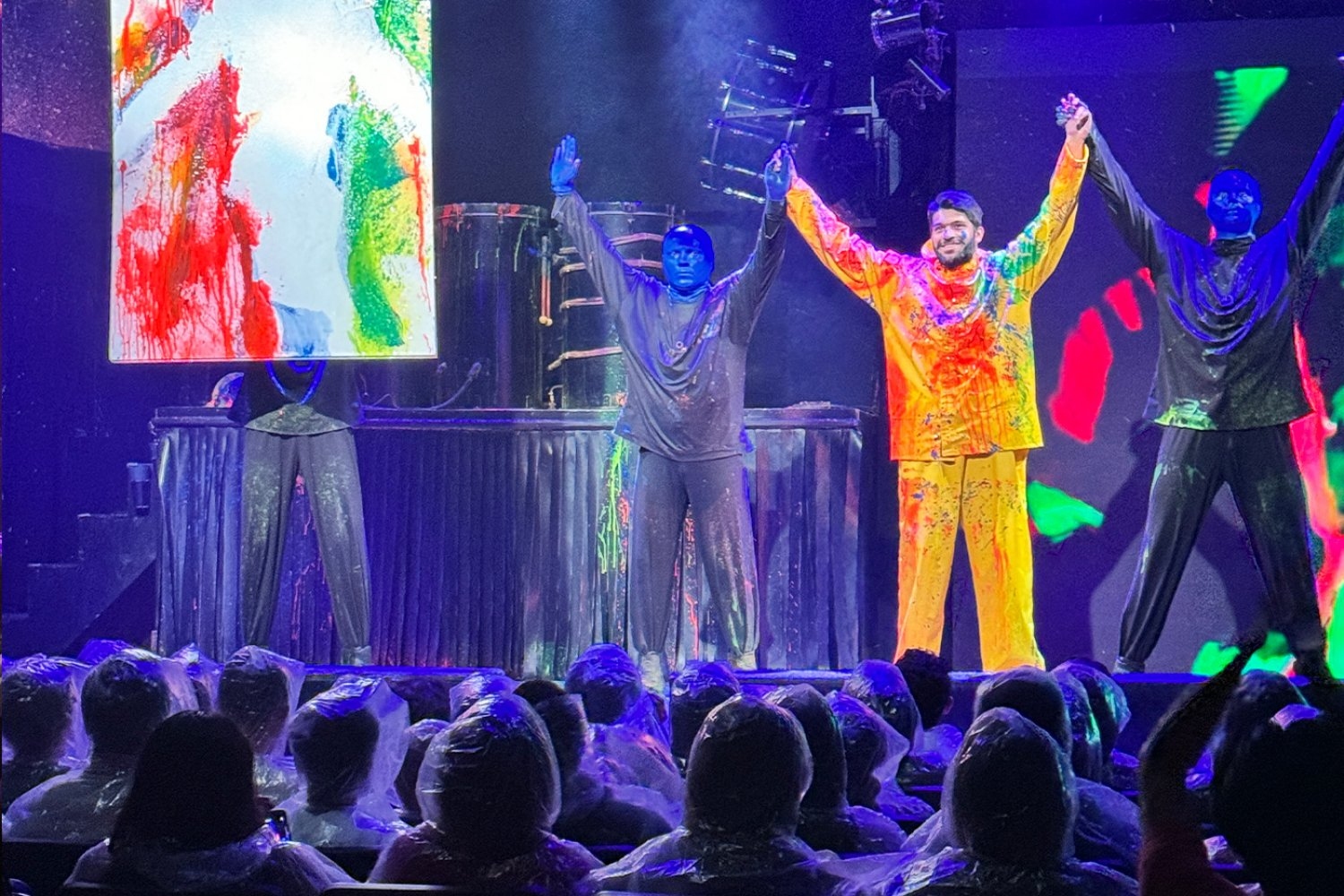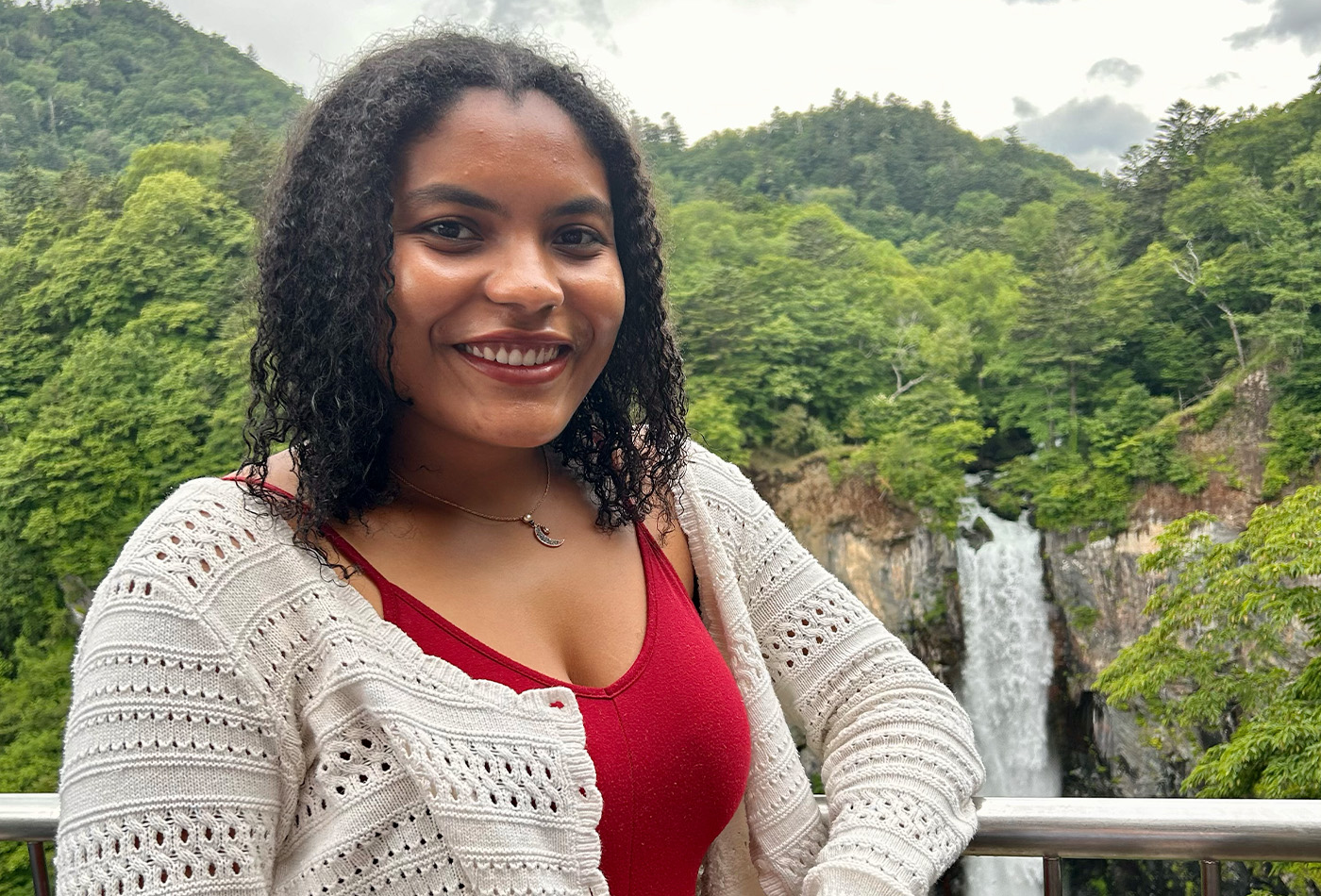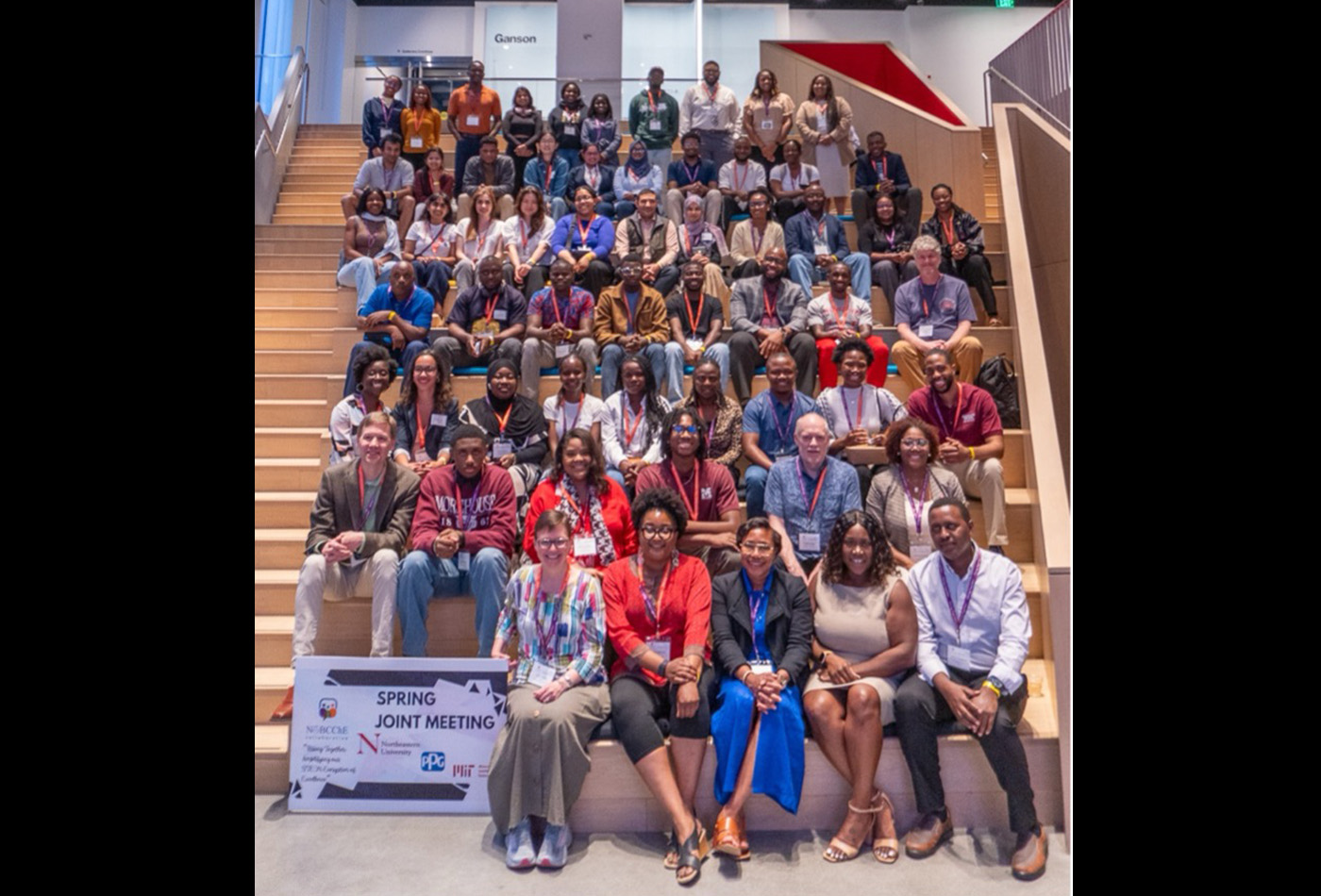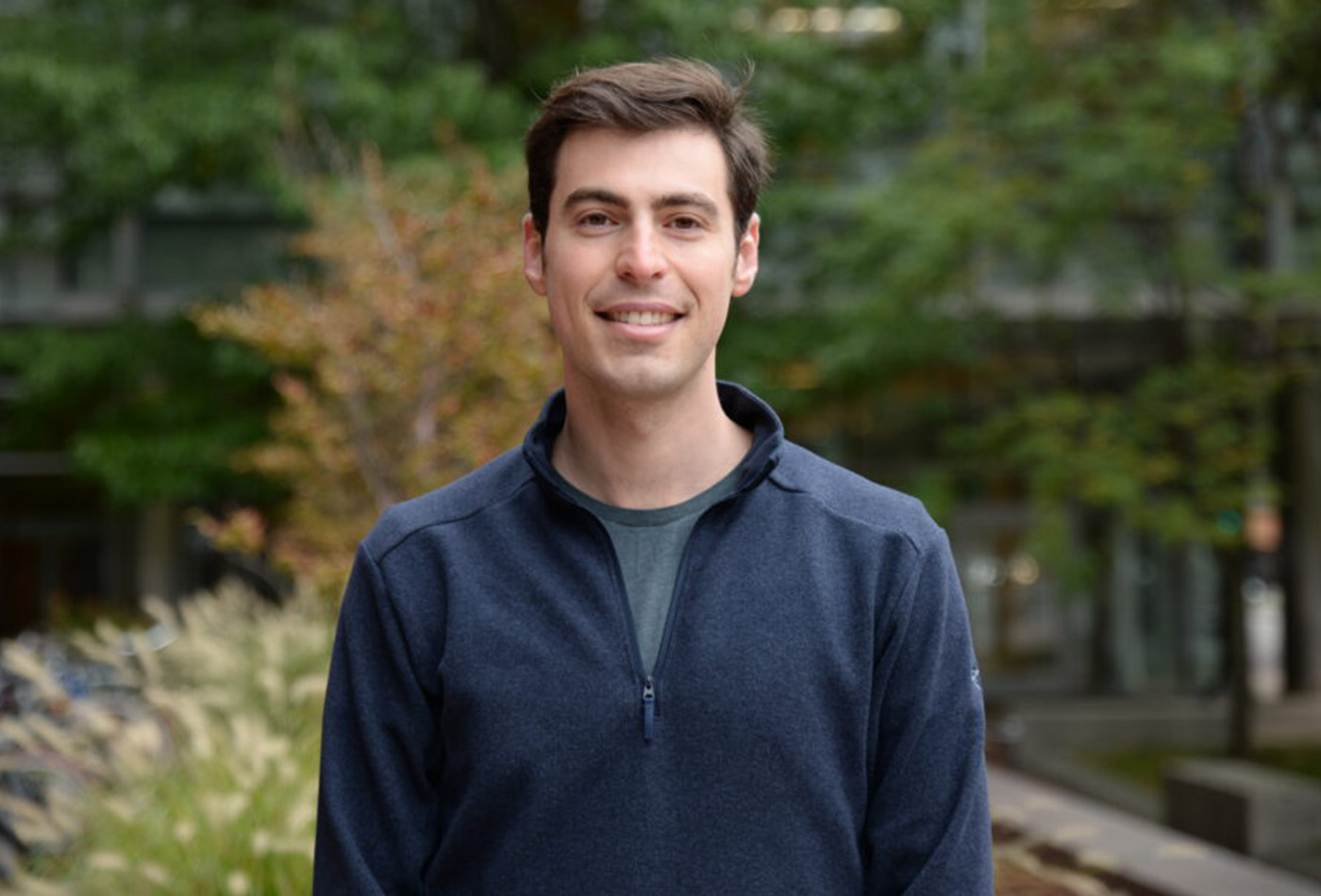Performance art and science collide as students experience “Blue Man Group”
Students from Course 5.111 were treated to a performance that brought to life the chemical structures and crystal field theory concepts covered in class.
On a blustery December afternoon, with final exams and winter break on the horizon, the 500 undergraduate students enrolled in Professor Bradley Pentelute’s Course 5.111 (Principles of Chemical Science) class were treated to an afternoon at the theater — a performance of “Blue Man Group” at Boston’s Charles Playhouse — courtesy of Pentelute and the MIT Office of the First Year.
Theatrical thrills aside, it was Blue Man Group’s practical application of chemical principles that inspired Pentelute to initiate and fund this excursion. The MIT Office of the First Year was pleased to collaborate with him to support an opportunity for first-year students to interact with one another outside of the classroom by providing funding for 300 of the tickets and T passes for all.
“By observing the use of specialized paints and materials in the show, students gain a deeper understanding of how chemistry intersects with creative expression,” says Pentelute. “This unique experience is inspired by our discussions on the chemistry of pigments and the role of chemistry in everyday life, aiming to bridge theoretical knowledge with real-world applications. The visit served as an engaging opportunity to enhance [the group’s] learning and foster a sense of community within our class.”
A fixture in Boston’s theater district since 1995, “Blue Man Group” is a euphoric, multi-sensory performance featuring three silent “Blue Men” who interact with the audience and one another not with words, but with art, music, comedy, and non-verbal communication. The characters are other-worldly in their innocence, appearing mystified by the audience and the most commonplace of objects. No two performances are completely alike, as the Blue Men pull members of the audience on stage, make music with instruments fashioned out of construction and plumbing materials, and, possibly most notably, drums covered in liquid paint that splash all over everything — and everyone — in what is known as the Poncho Zone.
The Charles Playhouse has a capacity of 500 seats, so the audience of this particular show was made up entirely of MIT undergraduate students — any tickets not utilized by 5.111 students were offered to first-generation first-year students. The experience proved to be an exciting example of practical applications of the general chemistry concepts and undergraduate camaraderie.
Catherine Hazard, a Department of Chemistry graduate student and the teaching assistant for 5.111, was one of the many attendees thrilled to see science in action at the theater.
“The use of brightly colored oil paints, a hallmark of the show, was a direct representation of chemical structures and crystal field theory concepts covered in class,” explains Hazard. “We learned how energy splitting of d orbitals influences color of varying inorganic transition metal complexes, as well as how chemicals such as waxes, resins, polymers, and stabilizers give the oil paint the proper consistency for the performance. The event was a fun culmination of the lessons learned just before heading into a week of finals.”
The goal of the Office of the First Year is to provide excellent services and programs to catalyze student exploration and access to opportunity, and promote the academic success and personal development of undergraduates. Programs and experiences like this one serve to enrich and support undergraduate education at MIT.
Pentelute joined the MIT faculty in 2011. His research group in the Department of Chemistry develops new protein modification chemistries, adapts nature’s machines for efficient macromolecule delivery into cells, invents flow technologies for rapid biopolymer production, and discovers peptide binders to proteins.





